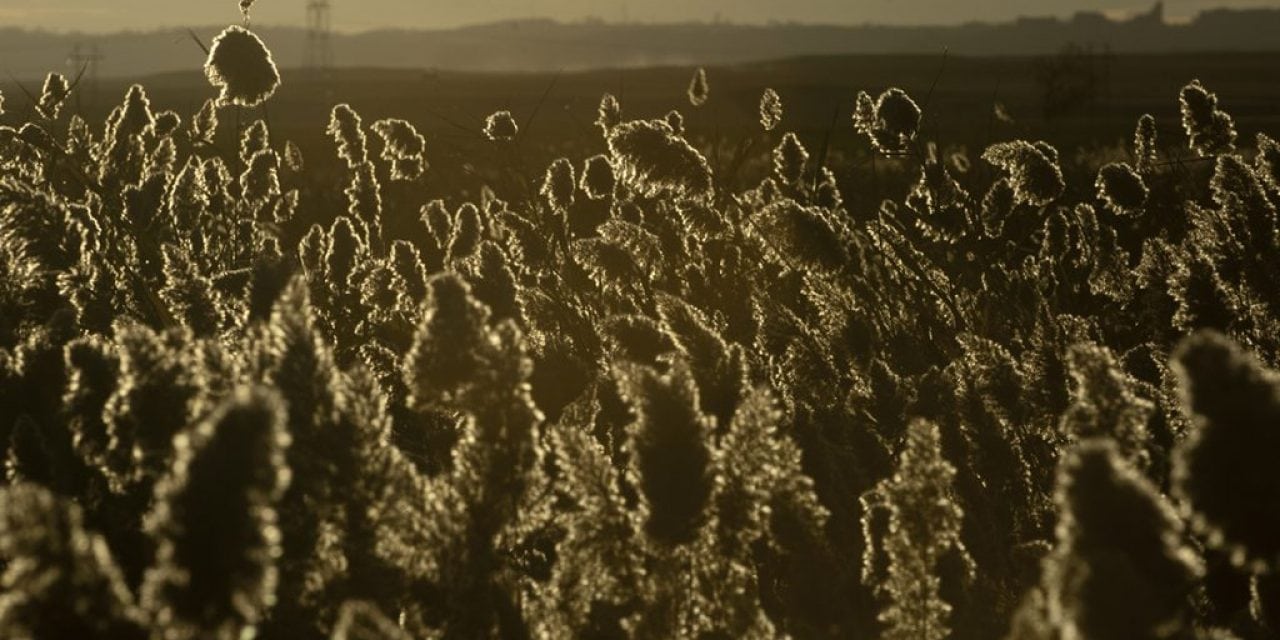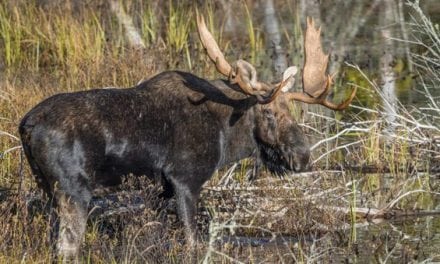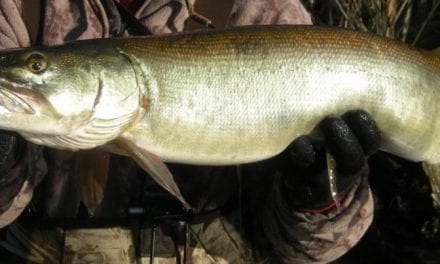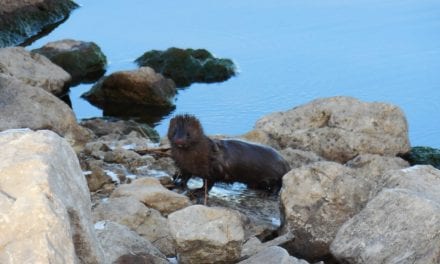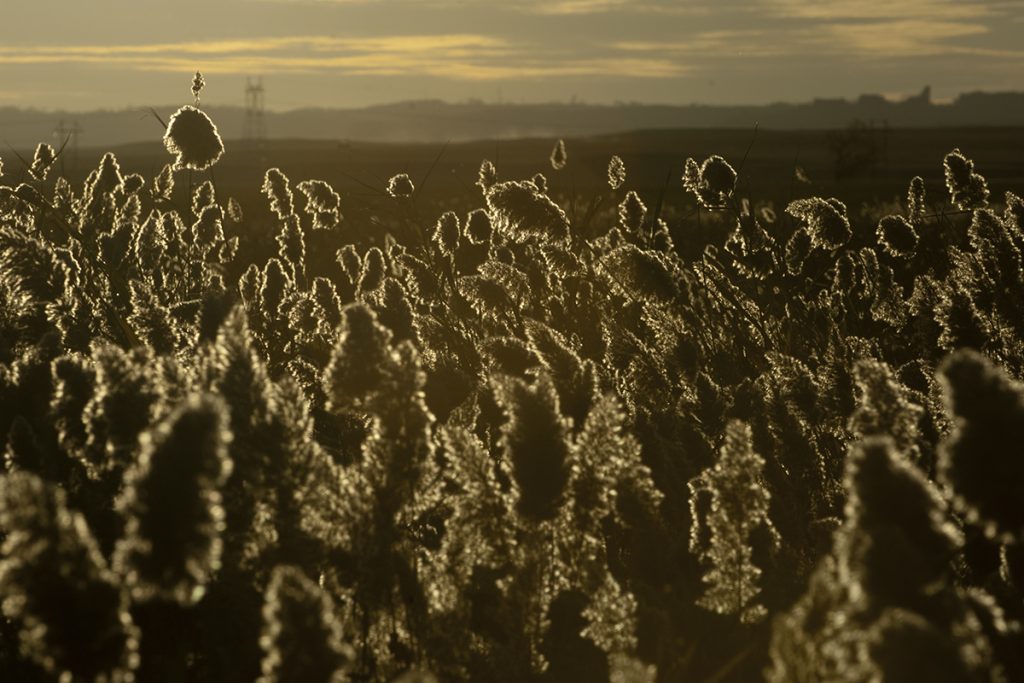
Those of you who have been to Smith Lake Wildlife Management Area south of Rushville lately have surely noticed the signs warning you about an invader that has taken up residence in the water. For those of you who have not, no, the Walgren Lake Monster of local legend has not moved east — as far as we know. The culprit is curly leaf pondweed – a plant that forms dense stands over large areas, crowding out other species, restricting water movement and altering oxygen levels.
 That species is just one in a long list of specimens suited for wanted posters in Nebraska. Allison Zach knows this cast of characters well.
That species is just one in a long list of specimens suited for wanted posters in Nebraska. Allison Zach knows this cast of characters well.
Zach coordinates the Nebraska Invasive Species Program at the University of Nebraska, a program that receives funding from the Nebraska Game and Parks Commission and the U.S. Fish and Wildlife Service.
Invasives are defined as non-native species that can negatively affect humans’ health, the economy or the environment. She said the Panhandle has a variety of species that are problematic, such as eastern redcedar to absinthe wormwood.
Zach said many of our problems stem from our human tendency to move. She cites activities as simple as fishing on different bodies of water and transporting firewood as problems when people are not being careful.
“What that can do is spread invasive pests and diseases like emerald ash borer and Asian longhorn beetle,” she said.
In regards to that pondweed of Smith Lake and whatever lurks in other bodies of water — people such as Zach who lose sleep at night worrying about these species are imploring you to clean, drain and dry your boat — and anything else that touches the water for the matter — before taking it someplace else. One of the main threats, she said, is the spread of the zebra mussel.
“It’s such a detrimental species,” she said. “It clogs pipes. It will overheat your boat engine, ruining your boat. It will cut your feet on the beach. And they change the ecosystem in terms of filtering all of the good nutrients. So, you’re clean, draining and drying your boat not only for zebra mussels but also those aquatic plants that, in a lot of water bodies, we can’t even put in chemicals to necessarily kill them once they have been established.”
Houndstongue, cheatgrass, house sparrows, Canada thistle, mountain pine beetle – you can find the rap sheet on them and many more of Nebraska’s Most Wanted on neinvasives.com. And unfortunately you can find them in too many other places.
Audio: https://soundcloud.com/justin-haag-330294672/panhandle-afield-invasive-species
The post Battling the invasives appeared first on NEBRASKALand Magazine.

